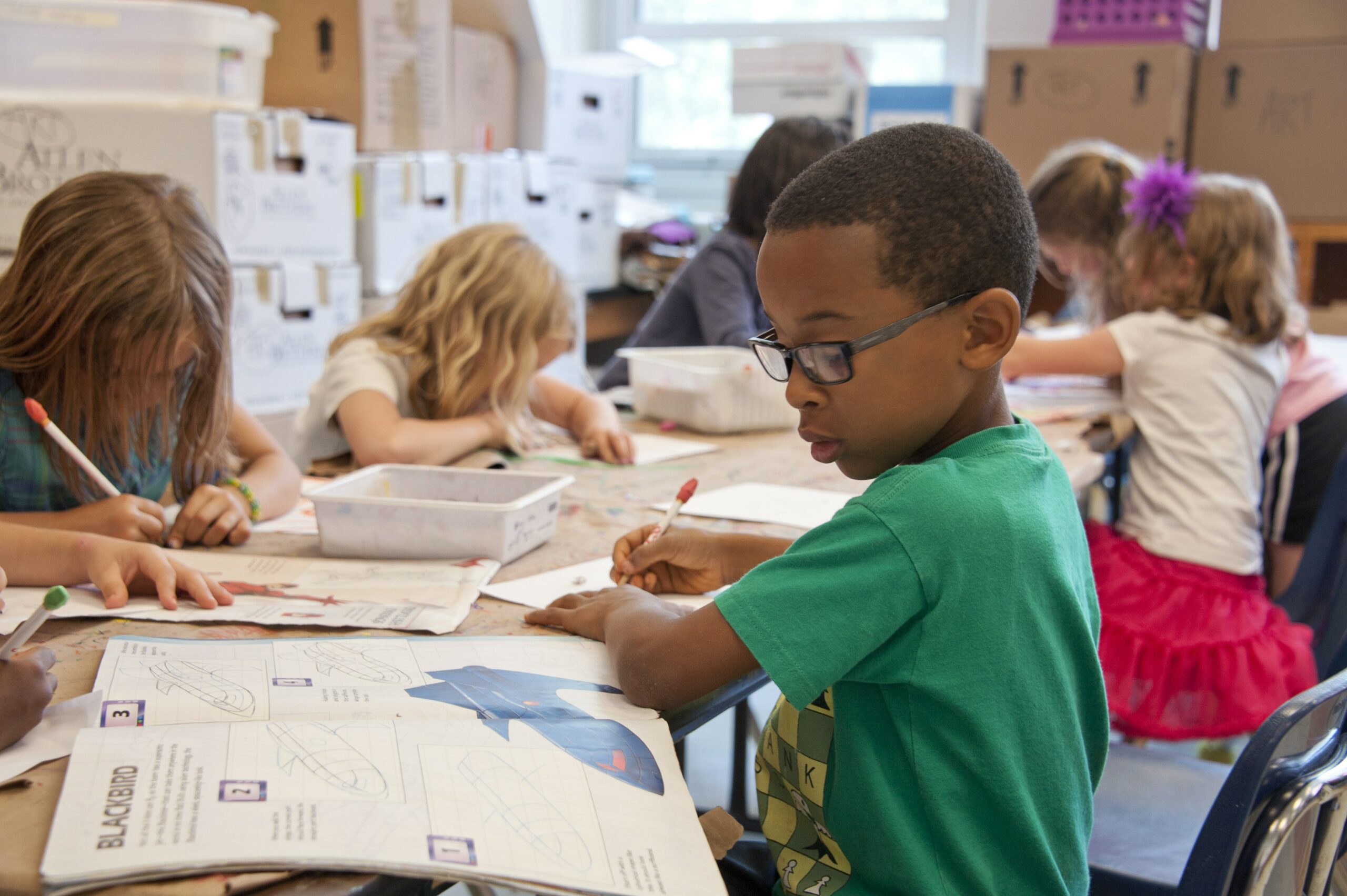Going back to school can be fun, exciting—and stressful. Teachers have to deal with organizing lesson plans, getting to know new students and staff, budgeting for new expenses, and juggling/organizing their time differently once the kids are back in the classroom.
Students can be stressed too. Pressures of peer groups, sibling rivalry, highly demanding schedules, social media, problems with boyfriends/girlfriends, too much screen time, and family expectations are all sources of kids stress. And for some children, school can be a source of excessive stress. Children may feel overwhelmed when they don’t understand or can’t deal with their workloads. They can also be stressed by feeling socially or academically inadequate, like they don’t fit in, or are not accepted for their strengths and weaknesses. Being bullied or shunned is extremely stressful. Tension and anxiety can often arise from within their own minds too. As children grow, they frequently feel pressure from their own thoughts as they attempt to understand who they are, how the world works, and how they fit into it.
Research done by Stress in America on behalf of the American Psychological Association (APA) showed that teens, ages 13 to 17, tend to feel levels of stress similar to that of adults. On a scale of 1 to 10, teens reported, on average, a stress level of 5.8 during the school year (healthy is considered 3.9), and even in the summertime, a level of 4.6! Teens who face poverty, community violence, a challenging home life, and social deprivation (lacking close, in-person, one-on-one friendships) are at a higher risk for stress. Research also reveals that childhood stress correlates with a greater risk for adult illness due to chronically high cortisol levels. Chronic and/or intense stress in the developing brain can create negative long-term brain function issues that turn into anxiety, depression, difficulty processing, poor memory and a host of other problems.
So overall, it’s best to address and support stress in students (and ourselves)! Here are a few suggestions for teachers to support stressed kids:
- Decrease extra noise and visual stimulation, keeping the room as quiet and uncluttered as possible.
- When possible, use daylight or full-spectrum lighting, rather than convention lighting. Harvest natural light by keeping windows free of obstruction.
- Give an adequate amount of time for transitions, as hurrying students can be stressful for them.
- Play soft music in the classroom.
- Use a chime or a soothing bell sound to get their attention or when they are moving to new stations.
- Take laughter breaks, such as sharing jokes,watching funny videos, or reading a funny story.
- Take movement breaks, such as dancing, yoga, stretching, or jumping jacks.
- Teach appreciation through talking about daily gratitude in a morning meeting and/or a wrap-up gratitude circle at the end of the day.
- Use mindfulness techniques such as taking 2 minutes in the morning and have them close their eyes and follow their breathing. Or they can lie on their backs with a jewel on their forehead, eyes closed focusing only on the jewel and relaxing. Play a relaxing song while they close their eyes and sitting in their chair or on the floor.
- Find ways to calm yourself before and during school (a calm teacher means a calm classroom). Play inspiring, uplifting songs on the way to work to help you set your energy for the day, journal, take a movement break for yourself!
And of course, giving students the opportunity to write about their stress using The Imagine Project Journaling process can help immensely. The Imagine Project journaling is a simple 7-step expressive writing activity that helps a student talk about what’s stressful in their lives, think through it and improve the way they see the stress, and ultimately, clear the stress and Imagine a new story in it’s place. The Imagine Journaling process is unique because it uses the word Imagine…to begin each sentence. Kids love it (they really do) and it gets them to write more!
After a teacher uses The Imagine Project with their kids and the child understands the process, the teacher can suggest to a student who is stressed to write an Imagine story about what’s bothering them. The student might want to show their teacher their story, or not. You can also ask the student to write an Imagine story to a sibling, parent, or friend they might be struggling with—it works!! They feel better and everyone understands the issue better so they can move forward.
Emotional Freedom Technique (EFT) also called tapping can really help a stressed student (or teacher). Look for videos on www.theimagineproject.org about tapping or find one that helps you on Youtube. It’s a great tool too!
Stress is a fact of life in our society. Kids need resources to build resilence and understand they have the grit to overcome most anything! Helping your stressed student is key to supporting their ability to learn and grow positively in life. I hope these simple tips will support you and your classrooms. Download the journals (for free) here!
Thank you,
Dianne
The Imagine Project, Inc., a nonprofit organization that helps kids, teens, and adults overcome challenging life circumstances through expressive writing. Dianne is a thought leader in the area of stress and trauma in children. Her simple, yet profound 7-step writing tool, now used by schools across the US, gives kids and teens the opportunity to rewrite a challenging personal story and Imagine new possibilities in its place.





